Quote of the day: “A flower blossoms for its own joy.” ― Oscar Wilde

Flowers are one of my favorite photographic subjects.
I can get days of enjoyment out of an inexpensive little bunch of flowers. But making photographs of flowers that I really, really like is hard work. I often make hundreds of photographs of flowers to get one image that speaks to me.
Today I’ll show you and tell about things I’ve learned about photographing flowers and leave you with a photography assignment that you can do on your own.
Last week I bought a couple of bunches of daffodils. Bright, cheerful, plentiful, I thought they would be easy to photograph.
Not true
When I first tried photographing daffodils, I was surprised at how challenging I found it creating images that I liked. The yellows were too bright, single flowers boring, and bunches of flowers too busy.
Here are a few tips on things I’ve learned (the hard way) about photographing these and many other flowers close-up and at a distance.
- Be careful of the background you photograph the flowers against. While the vase of flowers looks lovely sitting on my dining room table, the camera sees differently than my eye and the background is much more obvious in the photograph than it was to me as I was looking at the flowers. This is a nice snapshot but the colors and shapes in the background distract my eye from the main subject, daffodils.
- I like to use white backgrounds for most of my flower images. I have a large piece of white mat board that I prop up on a buffet in my dining room. Then I drape it with a flowing white fabric or I tape a large wide sheet of parchment paper against the mat board. This gives me a backdrop that does not distract.
- Use a tripod to hold the camera steady, set ISO to 100, and use a remote release cable or button to minimize camera shake and allow you to use longer exposures. I have a beautiful spot in my dining room with indirect light from 2 windows but on overcast days it is not unusual for me to have an exposure time of 10 seconds or more.
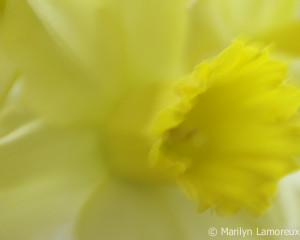
Handheld shot with ISO of 400, f/6.3, 1/6th second exposure – image is unusable because of camera shake
- Be aware of the light – indirect natural light is best. If that isn’t possible, consider building or buying a light tent to diffuse the light. Do play around with different types and directions of light – front lit, back light, side light, light from above, light from below. Each type of light will affect your image.
- Use different lenses for different effects. I have an 18-270 mm Tamron lens that I use for wide shots and also for closeups, and I also love using my Tamron 60 mm macro lens.
- Even though I love the softness of shallow depth of field, I have found that for most flowers, more depth of field works better, especially when I want to have the deep center of a flower in focus along with the petals that surround it. When the depth of field is too shallow and soft, the photo simply looks sloppy and out-of-focus.
- If you usually use auto-focus, try focusing manually on macro shots like the one directly above. Auto-focus is going to get the tops of the stamens in focus but probably leave the bottoms out-of-focus. By deliberately making sure that the bottoms of the stamens were as in focus as I could get them, the photo looks sharper, even though the outer petals of the flower are much less sharp. Because the important parts of the flower are in focus, it works.
- Make both horizontal and vertical images. I often get stuck in a default mode of making horizontal images. Sometimes I am surprised by how much better a vertical image works.
- Sometimes it works best to adjust your distance so that the entire flower is included in the frame. Sometimes it works better to come in close (as above) and leave out parts of the flower. A mistake I made early on was always trying to show the entire flower. Those shots were often distant and boring. Take a look at the shot above versus the one below. Which do you like better?
- If you decide to show the entire flower, consider composing the photo with the flower off-center. Also, make sure that you have at least 1/8 – 1/4 inch on each side of the flower petals. Don’t compose so that one side of the flower is right up against the edge. If the photo is printed, matted and framed, the mat may cover the edge of the flower petal.
- If you decide to cut off portions of the flower, make sure that it looks deliberate and not just as if you accidentally lopped off the tip of a flower petal. When I decide to not include the entire flower, I usually try to compose so that at least 2 sides of the flower are cut off.
- Do move around the flowers, zoom out, zoom in (or move closer, move away) and try different angles. Try shooting from below, from the side, from above. Use different depths of field. I often make several shots of the same composition at f/2.0, f/3.2, f/5.6, f/8, f/16, f/22. This shows me how depth of field affects the image and helps me choose appropriately depending upon my artistic vision.
- When editing bright, intense colors, like bright yellows, reds, and the like, in addition to adjusting the white balance, if needed, try decreasing the saturation just a bit. I’ve found that if I’m having trouble getting the colors in the photograph to match what my eye sees, I often need to bump the saturation down.
Flower Photography Assignment
- Buy an inexpensive bouquet of flowers.
- Set up a pleasing background. Pay attention to light quality.
- Make at least 50 photographs of the flowers using a tripod and remote shutter release. Set your ISO to 100. Try both horizontal and vertical shots. Move around. Get close. Move back. Use auto-focus on a shot, then repeat the same shot using manual focus. Make several shots using different f/ stops. Include all of a flower(s) in some shots. Cut off parts of the flower(s).
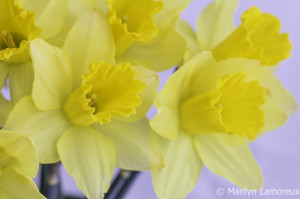
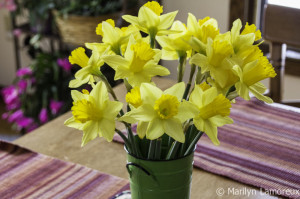
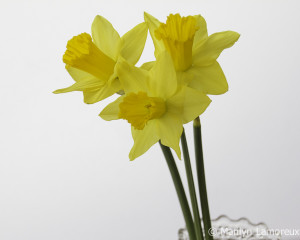

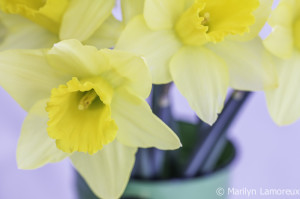
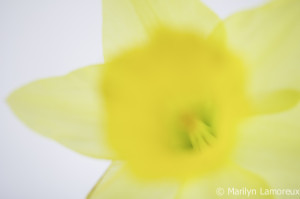
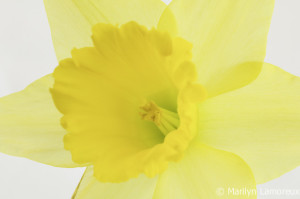
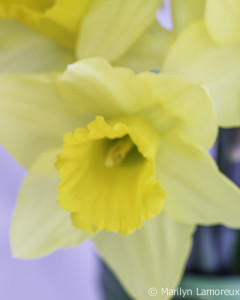
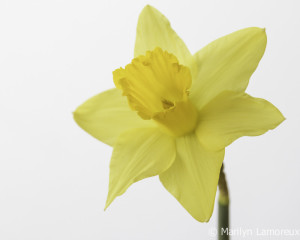
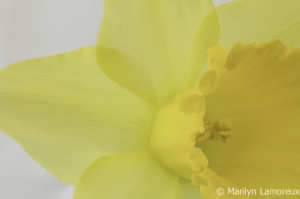
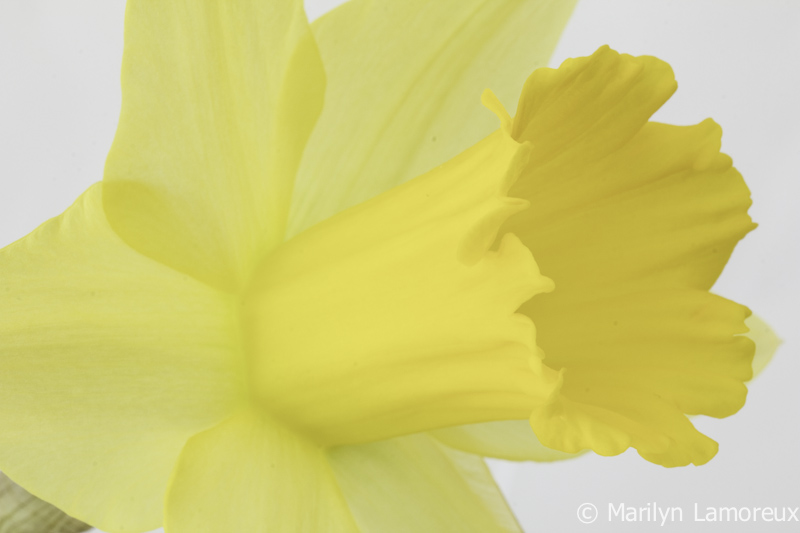
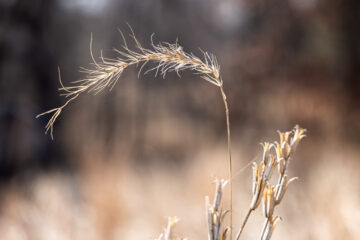
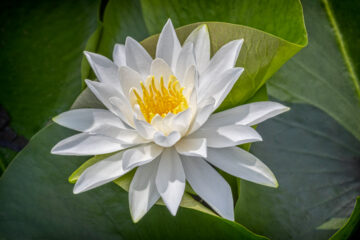

0 Comments